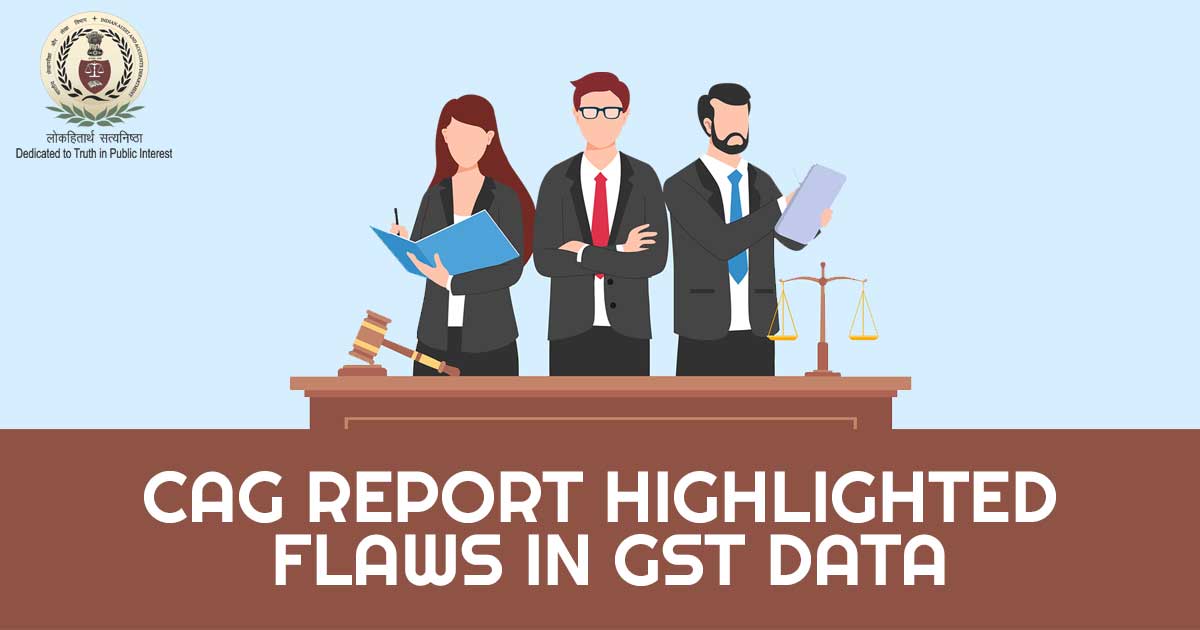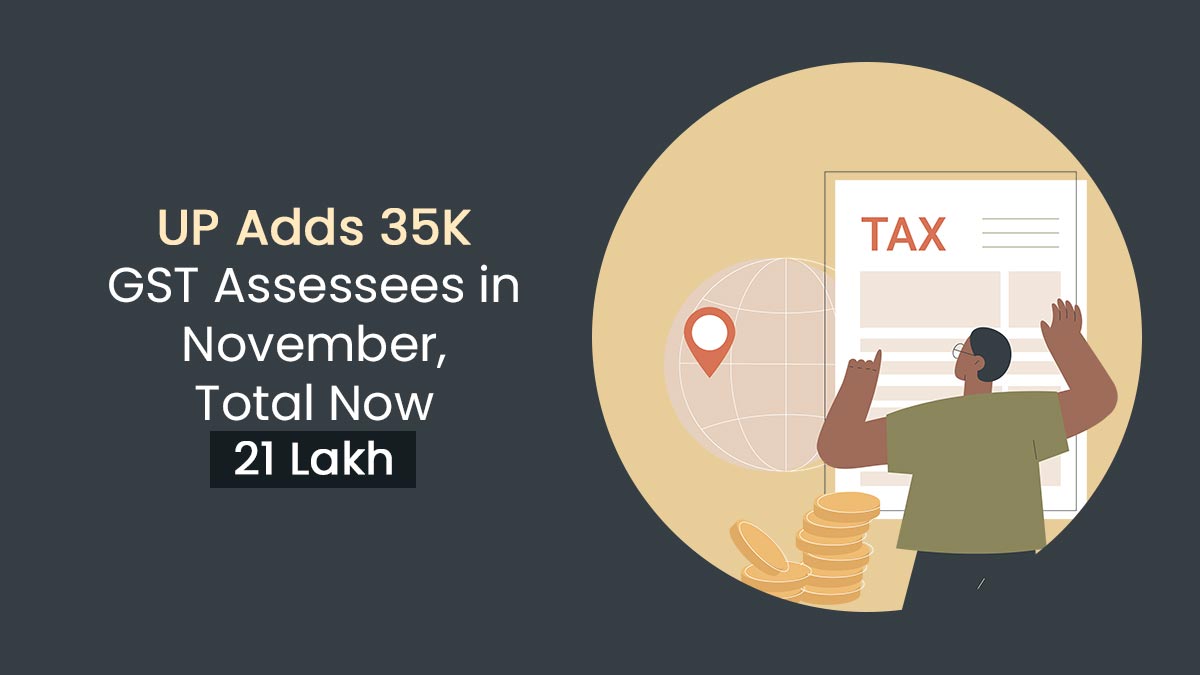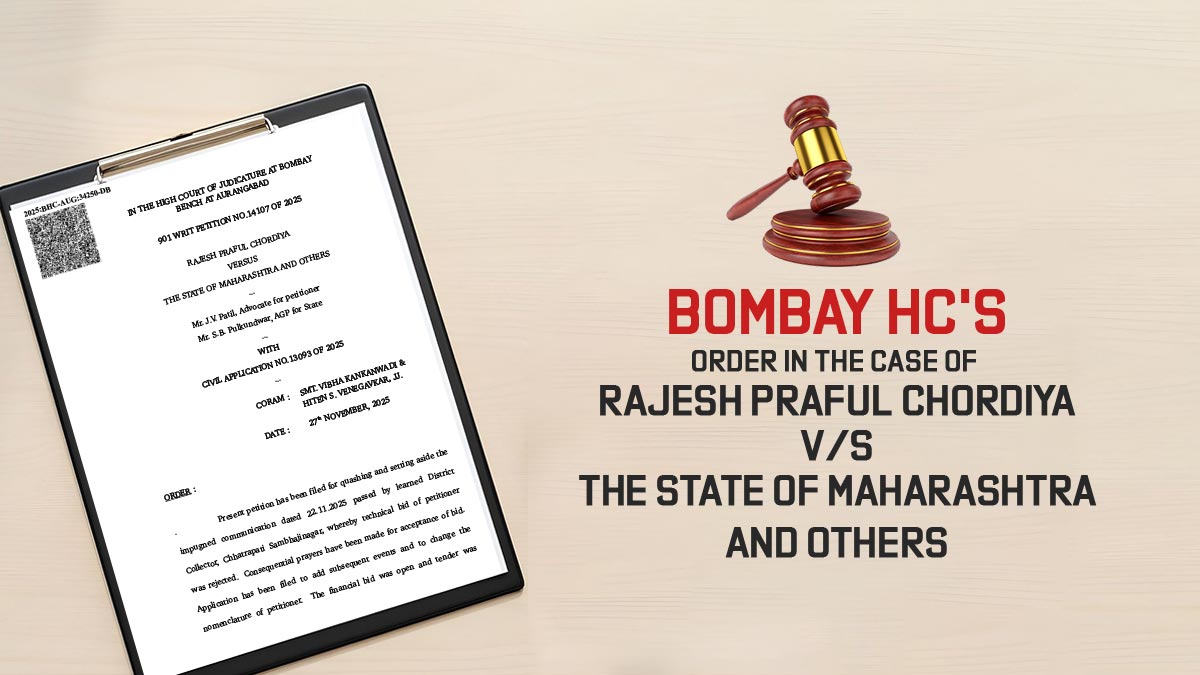
A show cause notice was issued to the assessee for running a bogus company and missing a bogus ITC of Rs 26.53 cr. on 1st June 2018, the related dept refused the same enrollment. The assessee gives his statements on the date of 7th June 2018 and 6th July 2018 to the Directorate of Revenue Intelligence (DRI) and is told that he is the owner of the bogus and non-existent company in the name of his mother as a dummy proprietor. He would indeed specify that he cheated the dept by making various companies and opening various bank accounts with the 2 distinct Permanent Account Number (PAN) numbers. He indeed obtained the disadvantage by developing the certificate of origin to which the show cause notice was received by him in the month of March 2019.
Even the assessee’s former mischief was similar to this, the registration would have been provided to his sole proprietary (on March 4, 2018) not revoked in July 2018 and a provisional refund of Rs 20.07 crore was discharged in May 2019. For the duration of April 2019 to June 2019, a final refund of Rs 1.55 cr was filed despite it confirming that the individual was engaged in claiming the drawback on the forged documents. The same specifies that there is no coordination between numerous wings of the Central Board of Indirect taxes and Customs (CBIC). The share intelligence failure would render the person manipulating the system and getting refunds on bogus ITC. when the same would have drawn to the notice of the ministry dated Dec 2021 then they answered, that the issue was getting investigated in Feb 2022.
CAG Report
On the GST the mentioned case would be obtained via the report of the Comptroller and Auditor General of India (CAG). In the 6 chapters of 198 pages, the report specified that several weaknesses recommend various suggestions. In the above case, the problem beneath GST, some assessee has misused the law in collusion with a few in the Department. CBIC has taken action against the same. 6 chapters are based on the management of indirect taxes and revenue trends, the audit mandate and response, the effectiveness of the compliance verification mechanism under GST, the reliability of the GST data maintained by GSTIN (GST Identification Number), and the refunds and transitional credit processing beneath GST. the report concerned over the errors incurred during refund processing along with the wrong claim of transnational credits, several from it does not been fetched by the council.
CAG on the reliability of GST details can affect things. CAG articulated “During analysis of pan-India data provided by GSTN, audit noticed significant data inconsistencies between the taxable value and declared tax liability. Inconsistencies were also noticed between the CGST and SGST components of GST, and between ITC figures captured in GSTR-3B and GSTR-9 returns. Due to significant inconsistencies in GST data, Audit could not establish the reliability of data, for the purpose of finding audit insights and trends in GST revenue, and assessing high-risk areas such as tax liability and ITC mismatch at the pan-India level.”
As suggested by CAG “Ministry should consider introducing appropriate validation controls (controls which prevent unreasonable data entries or alert the taxpayer to unreasonable data or both) supplemented by post-facto data analytics in respect of important data element for the essential data elements including those covered in this audit analysis), wherein data (such as tax amounts; taxable values; tax components, like CGST and SGST; validation of ITC and tax amounts, between the annual and monthly returns) is entered by the taxpayer.” proper review along with following up system is required for GSTN to verify and resolve the cases of irregular information. For the devitations, the tax officers might be circulated with the glitches and need to opt for an action. The cases of all assessees who do not been issued to either the centre or state jurisdictions might be verified and they might be provided before the tax department, under the rules of the GST council. CAG urges the Ministry to form a plan to use the tons of data they held.
The laws would be less likely to be misinterpreted if they were clearly framed. After the 47th GST Council meeting, the GST on residential housing was proposed.
The same would have been drawn beneath the reverse charge mechanism however the same would have no guidance on the cases when the same would be applied, also if input tax credit could be claimed (since the same could be argued that any residential use would have the personal expense for the same hence drawing section 17(5) upon restricted credits.
Also Read: 48th GST Council Meeting to Discuss IDS, IGST & Transitional Credit
A set of FAQs some days before July 18 (when the levy would apply) will need to be assisted. As the assessee is used to, specifying that better can be the things under GST.









